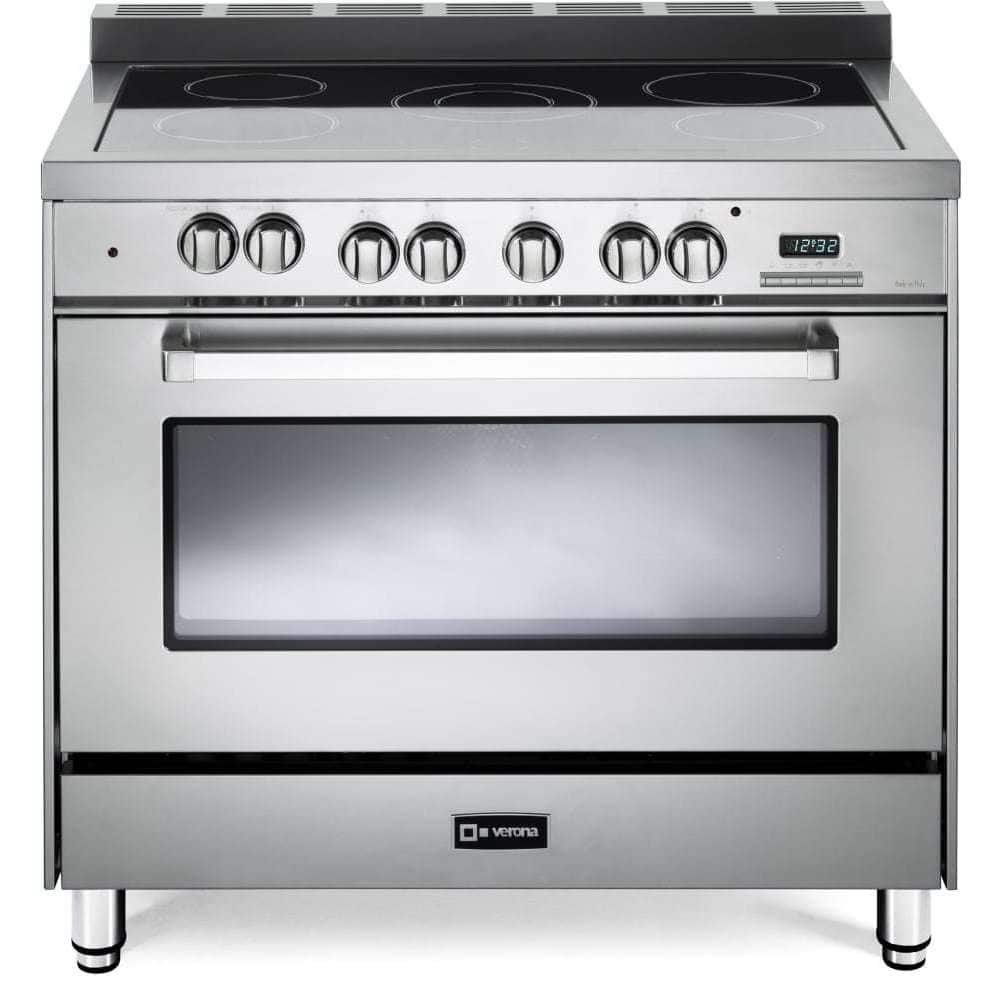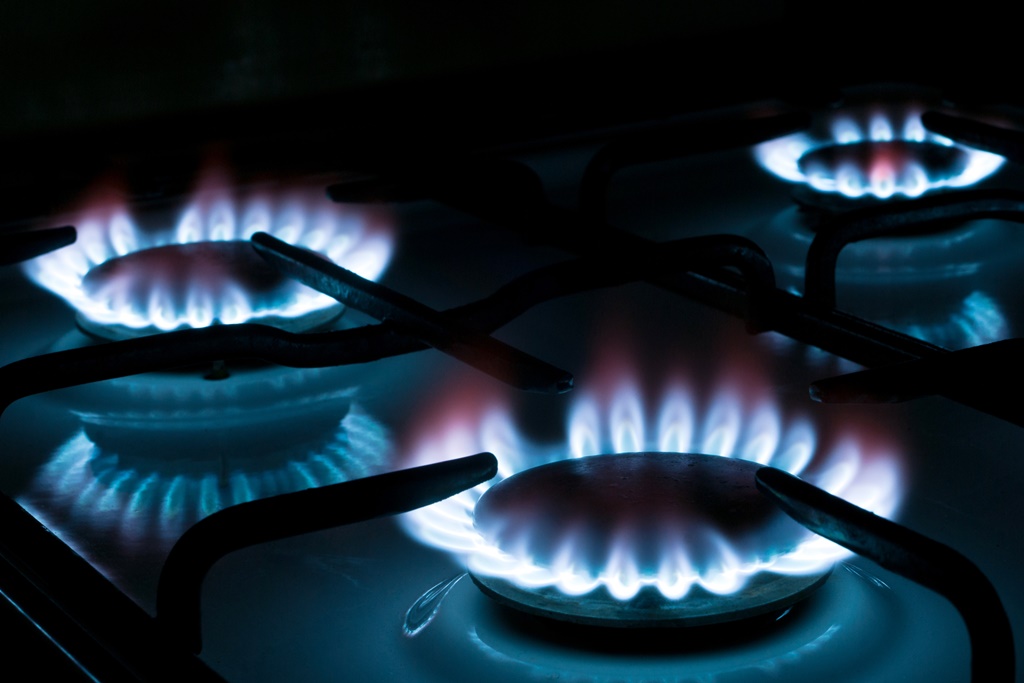Comparing Monthly Costs: Gas vs. Electric Stove
I. Introduction


A. Importance of understanding monthly costs when choosing a stove Choosing the right stove for your kitchen involves considering various factors, including the monthly costs associated with its operation. Understanding these costs helps you make an informed decision that aligns with your budget and energy efficiency goals.
B. Overview of gas and electric stoves as energy sources Gas and electric stoves are the two primary options for household cooking. Gas stoves use natural gas as a fuel source, while electric stoves rely on electricity. Each energy source has its own unique characteristics, costs, and considerations.
II. Gas Stoves: Factors Affecting Monthly Costs
A. Pricing and Availability of Natural Gas
- Regional differences in natural gas prices The cost of natural gas can vary based on region and market conditions. Factors such as supply and demand, infrastructure, and local regulations contribute to regional variations in gas prices.
- Considerations for areas without access to natural gas Some areas may not have access to natural gas lines, which can limit the availability of this energy source. In such cases, alternative fuel options like propane may be used with gas stoves.
B. Efficiency and Consumption of Gas Stoves

- BTU ratings and energy efficiency Gas stoves typically have a British Thermal Unit (BTU) rating, which indicates their heating capacity. Higher BTU ratings can indicate greater energy consumption, potentially leading to higher monthly costs. However, highly efficient gas stoves can mitigate this impact.
- Impact of burner use and cooking habits on gas consumption The frequency and intensity of burner usage, as well as cooking habits, can affect gas consumption. Regular maintenance, proper burner adjustment, and efficient cooking techniques can help optimize gas usage and reduce monthly costs.
III. Electric Stoves: Factors Affecting Monthly Costs
A. Cost per Kilowatt-Hour
- Regional variations in electricity rates Electricity rates can vary considerably across different regions, affecting the cost of operating an electric stove. Factors such as local utility providers, energy sources, and government regulations influence these regional variations.
- Time-of-use pricing and its impact on electric stove costs Some electricity providers offer time-of-use pricing, which charges different rates depending on the time of day. Understanding these pricing structures and adjusting your cooking habits accordingly can help optimize electric stove costs.
B. Energy Efficiency of Electric Stoves
- Factors influencing energy efficiency Electric stoves can vary in energy efficiency based on factors such as insulation, heating element design, and oven settings. Look for energy-efficient models with features like efficient heating elements and programmable settings to minimize monthly costs.
-
The impact of different heating elements and oven settings Different heating elements, such as electric coils or induction cooktops, can have varying energy consumption rates. Oven settings, such as convection options or self-cleaning features, may also influence energy usage and monthly costs.
IV. Calculating and Comparing Monthly Costs
A. Determining Gas Stove Costs
- Conversion of gas consumption to usage in therms or cubic feet When comparing the monthly costs of a gas stove, it is important to convert gas consumption into a standard measurement unit. Gas consumption is typically measured in either therms or cubic feet. Understanding the conversion rate and using the appropriate unit will allow for accurate cost calculations.
- Estimating monthly gas costs based on pricing and consumption To estimate the monthly gas costs, it is crucial to consider the pricing of natural gas and the consumption rate of the gas stove. Gas prices can vary regionally, so it is important to research the current rates in your area. By multiplying the consumption in therms or cubic feet by the gas price per unit, you can determine the monthly gas costs.
B. Determining Electric Stove Costs

- Converting electricity usage to kilowatt-hours Electricity consumption is typically measured in kilowatt-hours (kWh). To accurately calculate the monthly costs of an electric stove, it is important to convert the electricity usage into kWh. This can be done by monitoring the electricity meter or using data provided by the electric company.
- Estimating monthly electric costs based on rates and usage Electricity rates can vary depending on the region and time of use. To estimate the monthly electric costs, multiply the electricity usage in kWh by the electricity rate per unit. Additionally, be aware of any time-of-use pricing structure that may impact the costs during peak and off-peak hours.
V. Analysis and Comparison of Gas vs. Electric Stove Costs
A. Pros and Cons of Gas Stoves in Terms of Costs
- Considerations regarding gas pricing and availability The cost of natural gas can vary significantly depending on location and market conditions. It is important to consider the availability of natural gas in your area and its comparative costs to make an informed decision.
- Energy efficiency and its impact on gas stove costs Gas stoves are generally considered to be more energy-efficient compared to electric stoves. This increased efficiency can result in lower energy costs over time. However, the actual impact on costs will depend on the usage patterns and specific efficiency ratings of the gas stove.
B. Pros and Cons of Electric Stoves in Terms of Costs
- Considerations involving electricity rates and time-of-use pricing Electricity rates can vary, with some areas experiencing higher rates than others. Additionally, time-of-use pricing can result in different rates during peak and off-peak hours. Understanding the rates and pricing structure in your area will help you determine the potential costs associated with an electric stove.
- Energy efficiency and its impact on electric stove costs Electric stoves have improved in terms of energy efficiency over the years. This can contribute to lower energy costs. Considering the energy efficiency ratings of electric stoves and their potential impact on monthly costs will help in making an informed decision.
In conclusion, calculating and comparing the monthly costs of gas and electric stoves requires considering factors such as gas pricing, availability, conversion rates, electricity rates, usage in therms or kWh, and energy efficiency. Gas stoves may provide cost advantages due to their energy efficiency, but this can vary based on gas pricing and availability. Electric stoves offer improved energy efficiency compared to older models, and understanding electricity rates and time-of-use pricing is necessary to accurately assess potential costs. By considering these factors, individuals can make an informed decision based on their specific needs and budget.

